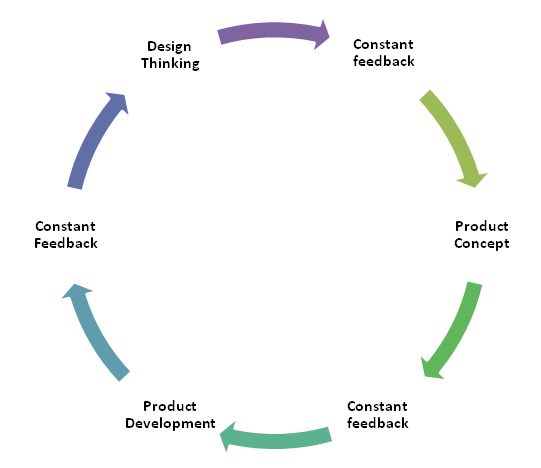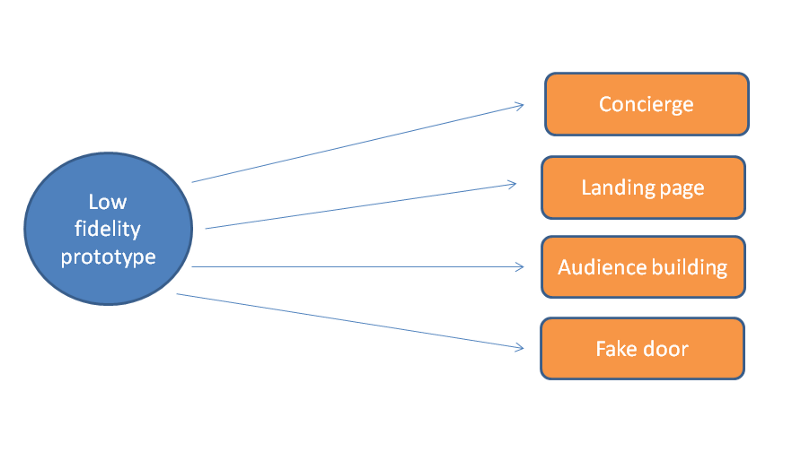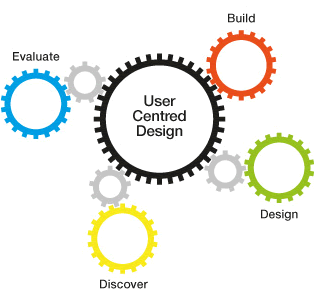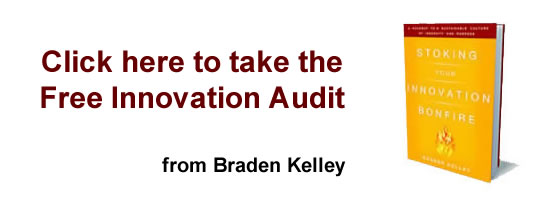User-centered design: how to merge it with a design thinking program
Sometimes underrated and later-introduced in the process, user-centered design is a fundamental tool for innovation.
The design thinking approach most of the time offers a great deal of product structure for the team to deal with. If well conducted you can come out from a program like that with elements such as the main issue you are up to solve, your target audience, market analysis, and even some features.
However there’s a gap between the product concept and the user´s experience: the product is conceived with a structured and feedback insighted process, but when it comes to think about user experience sometimes this process is conducted by a different team with a different mindset about the product and often developed without the right feedback.
Something called user-centered design is often forgot during this process.
Design thinking ↔ Constant Feedback → Product concept → UX
Filling those gaps is a tricky task since sometimes you are not able to use the same team to structure the design thinking program and the user´s experience. It’s clear though that along the product concept generation you can always gather awesome insights for your product usability that should be considered during the whole product development and post-launch strategies.
So the perfect cycle would be structured with the design thinking; constant feedback; product concept; constant feedback; product development (UX, coding, etc.); constant feedback.
Note that UX is merged during all those steps, but with higher intensity in the product development phase.
What happens often is that this line of communication isn’t so smooth as it should be. Let’s consider an example of an UX leader involved since the beginning in the concept development of a new product. He must be part of the whole discussion and also, since the early stages, consider how to build this potential solution to the customer. In this case the UX person should be involved during the whole cycle, working along with the PO and PM.
Something that often happens is that the UX step is started after the product concept is concluded and most of the time disconnected with the main idea.
In order to achieve a great product you must be sure that you are really offering something relevant to society, something that not necessarily solves a problem but improves someway the lives of the involved. UX is a big part of that. It must be intrinsically connected with the main purpose of the product in order to be great.
In June, 2016, Anton Yelchih, a Russian actor, passed away killed by his own car in his house. He was found crushed between the car and a gate at his home just after exiting his property via the gate.
The intriguing issue is the usability of the vehicle in question. As it appears that particular car is designed so that it’s easy to make a mistake when shifting into park.
A prototype with UX elements on it could have prevented it to happen.
Experiment!
That’s why prototyping is so important. It’s clear that prototype offers a possibility for us to understand practical issues before they come out to the customer. Prototyping however means structuring a low fidelity sample that can be easily discarded and redone. It’s common to see hardcoding during this period but it shouldn’t be like that. It would be much less expensive and assertive try different approaches to validate your idea:
That’s when the UX team participation in early process becomes so obvious. In order to achieve the best results from your prototype, it is important to invest a great deal of time to understand the issue from the UX point of view. That’s not something that would be easily achieved in an old-fashioned standard usability test but something that must be developed and tested with a great amount of users and deeply structured.
“The user experience is everything. It has always been, but it’s still underrated and underinvested. If you don’t know user-centered design yet, study about it. Hire people who know it.” – Evan Williams, co-founder — Twitter
Source: https://www.magentadigital.co.uk
First it is important to capture fundamental usability insights during the “Empathy†step. In order to do it, use the observation, fly on the wall and other techniques not only to understand the problem but also to know what drives the user attention, what is important for him the most, and which items are more critical for the structuring part of the process.
Second, focus on the main necessities’ greatest issues. It’s common to be lost in a large amount of unmet needs and personas. Focus on the main problem and in the main difficulties that the user is experiencing and experiment with that. Develop some sketches to help you understand how the design would help to improve customer’s life.
Third: brainstorm the solution and develop in the same sketches at least the three most important of them. Try hard to insert in the solution the usability gaps gathered during the two previous steps.
Fourth and fifth: prototype now with the right user-centered design insights you achieved during the whole process. Your prototype must be non-expensive but at the same time it will have the right usability ideas for your customer and will really have a good chance of solving the issue. Test, iterate, test, iterate all the time.
So, use your design thinking process in order to achieve the most of your product. User-centered design techniques can and must be very useful during the whole cycle. Make a difference!
Wait! Before you go…
Choose how you want the latest innovation content delivered to you:
- Daily — RSS Feed — Email — Twitter — Facebook — Linkedin Today
- Weekly — Email Newsletter — Free Magazine — Linkedin Group
 Alex Sanghikian is a passionate multi-task product manager. He’s been working for more than 10 years developing digital products to improve the people’s lives in the financial, health and consumer goods industries. He loves working with lean startup methodologies along with digital marketing strategies to develop the best possible product with the most suitable experience.
Alex Sanghikian is a passionate multi-task product manager. He’s been working for more than 10 years developing digital products to improve the people’s lives in the financial, health and consumer goods industries. He loves working with lean startup methodologies along with digital marketing strategies to develop the best possible product with the most suitable experience.
NEVER MISS ANOTHER NEWSLETTER!
LATEST BLOGS
Three things you didn’t know about credit cards
Photo by Ales Nesetril on Unsplash Many of us use credit cards regularly. From using them for everyday purchases to…
Read MoreFive CV skills of a business-minded individual
Photo by Scott Graham on Unsplash The skills listed on a CV help employers quickly understand your suitability for a…
Read More





